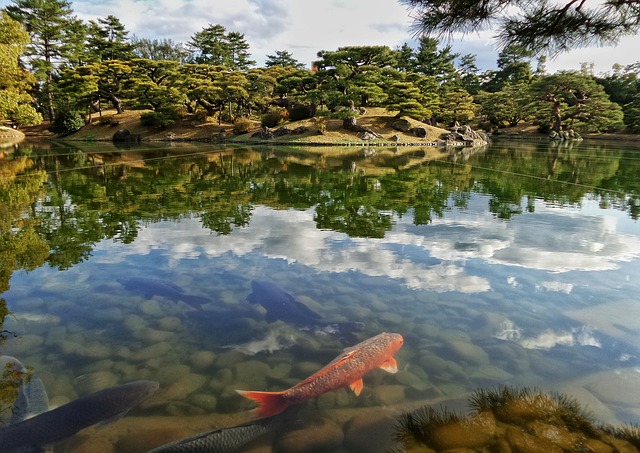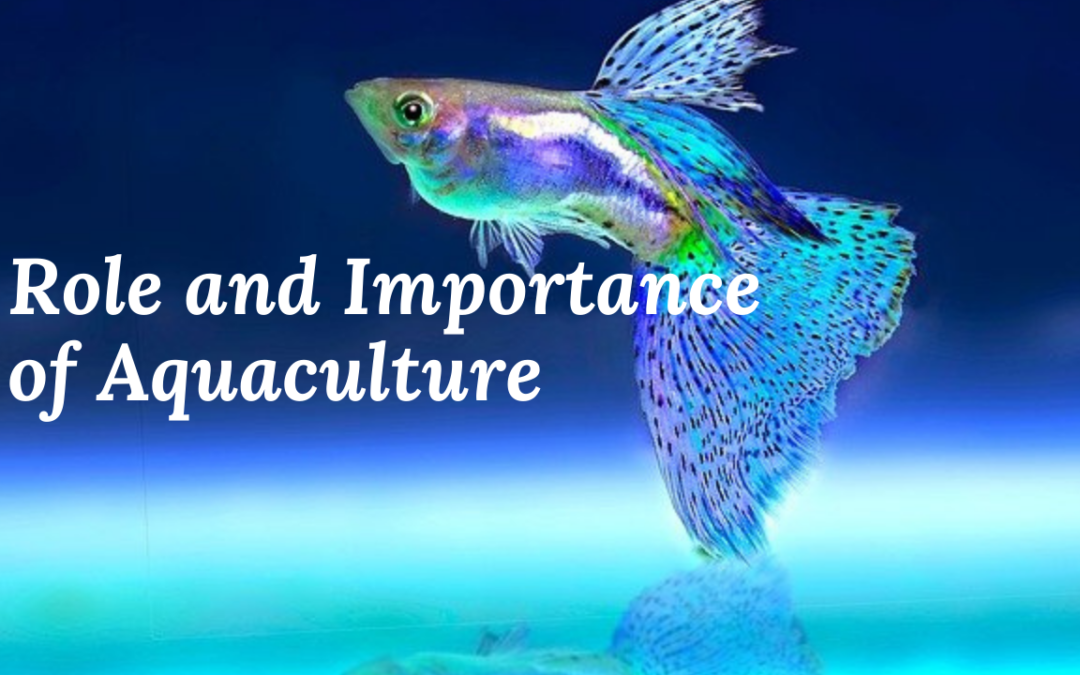The aquaculture industry has experienced a dramatic economic surge with the demand and production of fish rising at an exponential rate. As the number of aquaculture facilities continues to increase, the need to develop safe and sustainable farming strategies is vital. Various types of aquaculture form such an important component within the agricultural sector. Aquaculture has contributed to ensuring food security, provision of protein with high nutritional value, source of income, and employment for many.
Aquaculture is now one of the fastest-growing food industries in several countries and the trend is expected to continue despite the various challenges facing the sector. Engaging in sustainable aquaculture is vital as it helps with easing the pressure on the wild fish stocks which are under stress as a result of overfishing. FAO supports the practice of sustainable aquaculture within its member countries and aims at providing assistance towards the realization of sustainable aquaculture.
As the worldwide demand for seafood increases, sustainable aquaculture production also has to increase so as to keep up with the rising demand. Here are some of the measures that can be taken to help ensure the sustainable practice of aquaculture;
Invest in renewable energy sources

Investing in renewable sources of energy to help power aquaculture can greatly help in reducing the operating costs and that in turn also boosts profitability and competitiveness. Aquaculture farms can be integrated with renewable energy systems in a number of ways such as the use of turbines with shellfish installations and the use of solar-powered water pumps among others.
Utilize multi-trophic aquaculture
Multi-trophic aquaculture is considered not only being great but also quite a cost-effective way of reducing the accumulation of nutrients. The system uses filter feeders and entails the farming of species such as carp, shellfish, and seaweed alongside the target farmed species such as shrimp, trout, salmon, or the desired species. The byproducts for the feed that’s used for the target species can then be utilized as a feed source for the filter feeders.
Multi-trophic aquaculture helps in reducing the accumulation of wastes and improves water quality while providing additional economic value to the aquaculture farm.
Move Inland
Shifting aquaculture into land-based recirculating systems can be the best way to eliminate or reduce the environmental impact of fish farming. Recirculating aquaculture systems are technologies that help in creating suitable conditions for aquaculture farming. Equipment such as indoor tanks, aerators, pumps, and filters can be designed in a way that makes it possible to attain 100% water recycling within the system.
The possibilities that can be explored with land-based RAS are endless as the system not only acts as a mitigation strategy for traditional aquaculture’s environmental impact; it also makes it possible for aquaculture farming to be undertaken almost anywhere.
Are you considering venturing into sustainable aquaculture farming? Join a team of dedicated farmers and aquaculture experts for in-depth insight on how you can improve your aquaculture farming. As you interact with a team of farmers in diverse fields; you will get valuable information that can be of great help.



